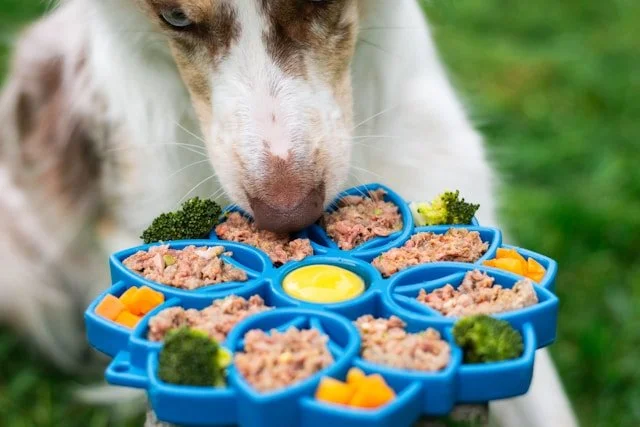Mealtime is usually a moment of joy — the sound of kibble hitting the bowl, the eager tail wag, the happy crunch that follows. But sometimes, what’s in the bowl doesn’t sit quite right, and our dogs try to tell us in quiet ways.
Food intolerances are more common than most pet parents realize. They’re not always immediate or severe, but they can cause ongoing discomfort if unnoticed.
Here are a few signs to watch for:
🥕 Itchy skin or constant licking. Frequent scratching, paw chewing, or ear rubbing can signal a reaction to something in their food.
🍗 Upset stomach. Repeated gas, bloating, diarrhea, or vomiting after meals may point to a food intolerance rather than a one-time upset.
🐶 Dull coat or excessive shedding. Nutrient absorption can be affected when food isn’t agreeing with your pet’s system.
🌾 Chronic ear infections. Often tied to yeast build-up linked to certain ingredients like wheat, soy, or dairy.
If you notice any of these signs, try a gentle reset — discuss an elimination diet or allergy test with your vet, and reintroduce ingredients slowly.
Being mindful at mealtime means tuning in to the subtle ways your dog communicates comfort or distress — because every bite should nourish, not irritate.

